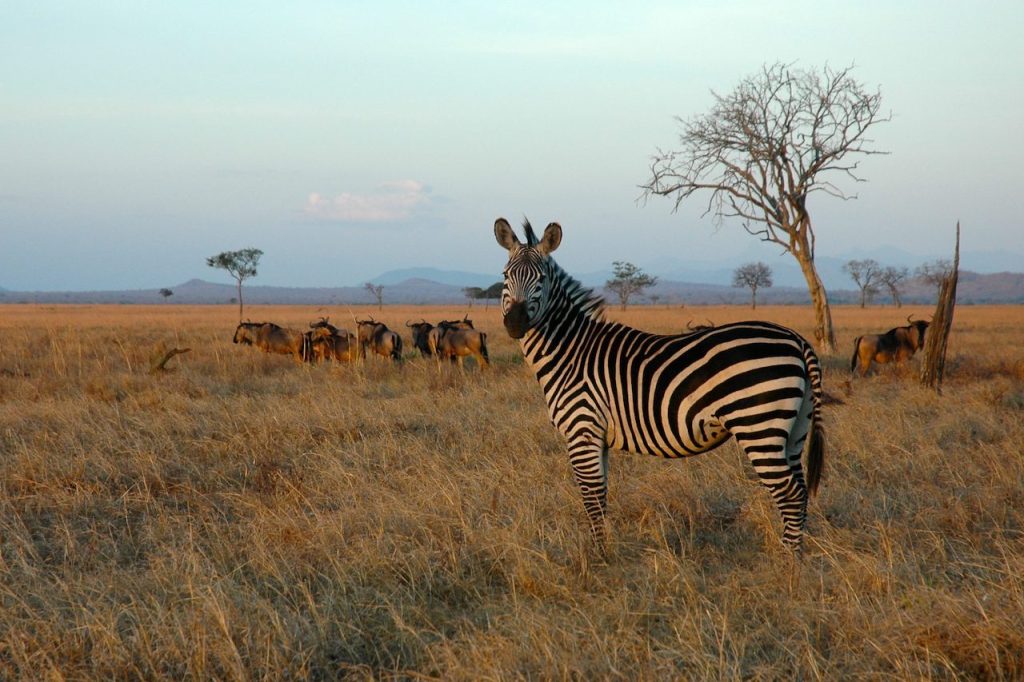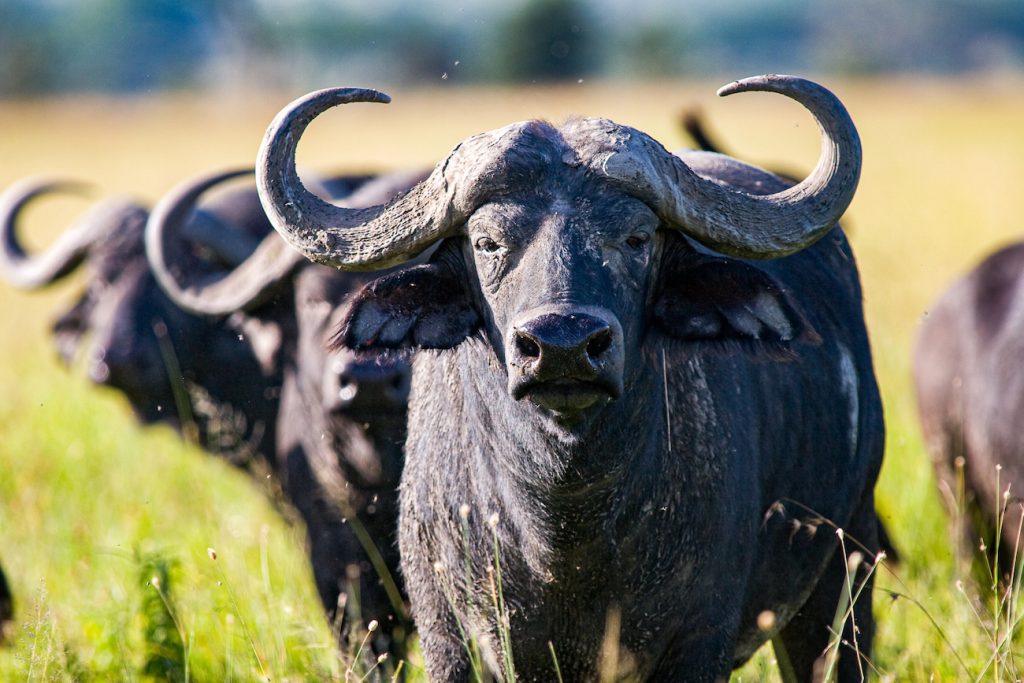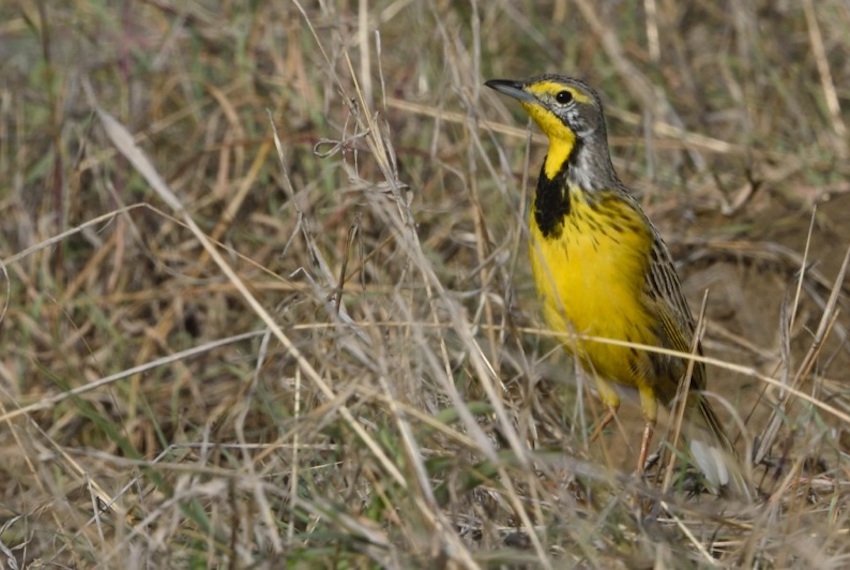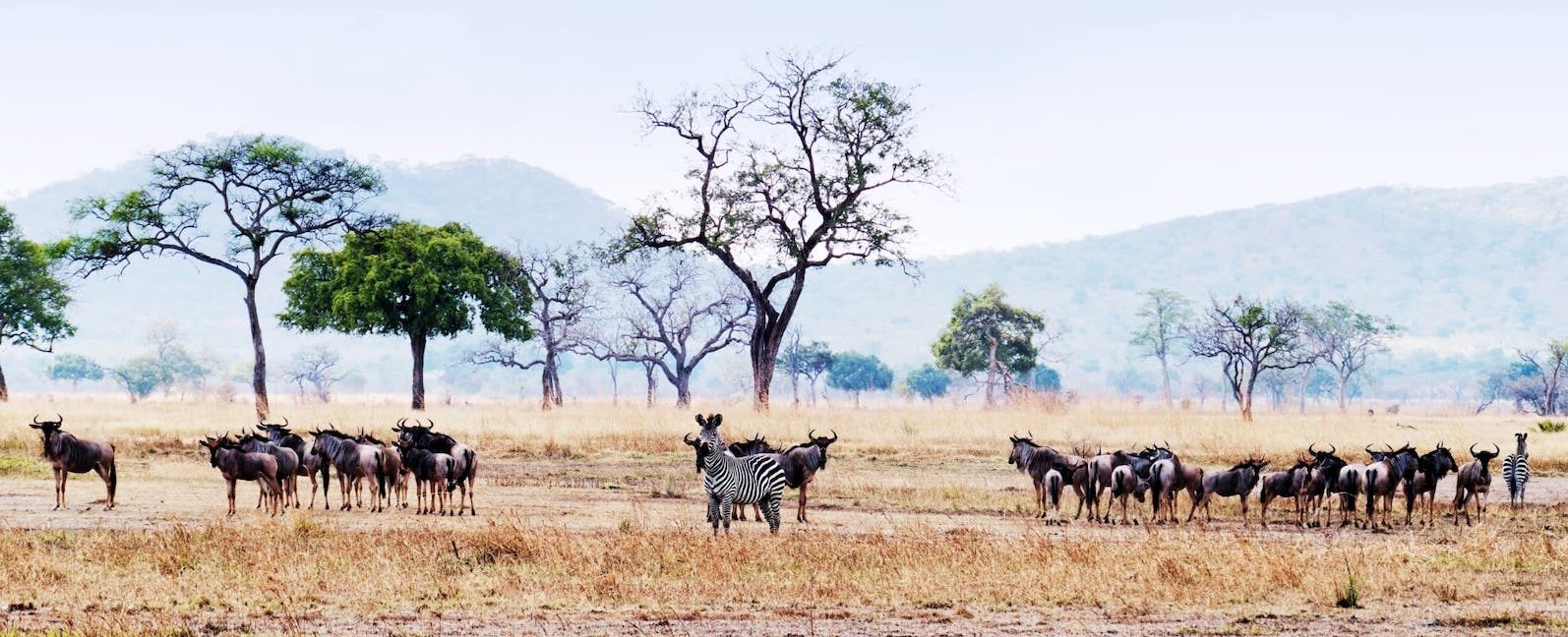Nestled in the heart of Tanzania, Mikumi National Park beckons as a hidden gem waiting to reveal its treasures to avid explorers and nature enthusiasts. Established in 1964, this park, spanning an impressive 3,230 square kilometers, holds the distinction of being the fourth-largest in Tanzania. Its strategic positioning along the A-7 highway, connecting Dar es Salaam to the southern regions of the country, makes Mikumi accessible yet retains an untouched charm that sets it apart from more frequented destinations.

Steeped in history, Mikumi has evolved as a critical player in Tanzania’s conservation efforts. The park was initially established to provide a protected environment for the diverse array of wildlife inhabiting its plains, woodlands, and riverbanks. Named after the Swahili word for the Borassus palm, a common sight in the region, Mikumi has become a testament to Tanzania’s commitment to preserving its natural heritage. Over the years, it has grown into a sanctuary where the dance of life between predator and prey unfolds against the backdrop of a captivating landscape.
Mikumi National Park stands as a testament to the country’s dedication to sustainable tourism and wildlife conservation. It not only offers a refuge for the remarkable wildlife that calls it home but also provides a gateway for visitors to immerse themselves in the untamed beauty of East Africa. As travelers venture into Mikumi, they embark on a journey through a living story of nature’s resilience, where each encounter with a majestic creature or a breathtaking vista is a chapter in an ongoing narrative of preservation and appreciation for the wild.
Scenery at Mikumi National Park
The landscape of Mikumi is a breathtaking mosaic that transitions seamlessly from open grassy plains to acacia woodlands, interspersed with baobab trees that stand as ancient sentinels. The Mkata River, a lifeline for the park’s inhabitants, meanders through the plains, attracting a variety of wildlife. The Uluguru Mountains provide a majestic backdrop, completing the picturesque scenery that unfolds before the eyes of visitors. This diverse topography ensures that each game drives through Mikumi is a visual feast, offering encounters with a rich variety of flora and fauna. Mikumi can be combined in a longer safari that includes safari game drives and walking safaris in Ruaha National Park.
Best Time to Visit Mikumi

To maximize your Mikumi experience, plan your visit during the dry season, from June to October. During this period, the vegetation is less dense, enhancing wildlife visibility. The scarcity of water sources also concentrates animals around the Mkata River, providing excellent opportunities for sightings. However, the wet season, from November to May, transforms the landscape into a lush, green paradise, attracting migratory birds and providing a unique perspective on the park’s beauty.
Weather and Climate
Mikumi experiences a typical tropical climate, characterized by distinct wet and dry seasons. The dry season brings warm temperatures, with daytime highs ranging from 25 to 30 degrees Celsius (77 to 86 degrees Fahrenheit). Evenings are cooler, offering a comfortable atmosphere for nighttime activities. The wet season introduces occasional rainfall, revitalizing the landscape and creating a vibrant ambiance. It’s essential to pack accordingly, considering the season of your visit.
Wildlife in Mikumi National Park
Mikumi may be smaller than some of its famous counterparts, but it boasts an impressive array of wildlife. The park is home to large herds of elephants, buffalos, giraffes, and zebras. Predators such as lions, leopards, and hyenas also roam the plains, creating a dynamic ecosystem. Mikumi’s compact size makes it easier to spot wildlife, ensuring an intimate safari experience for enthusiasts seeking a closer connection with nature.
A list of commonly spotted animals in Mikumi
- Elephants: Mikumi is home to a significant population of elephants, and these gentle giants are often seen wandering through the grassy plains.
- Giraffes: Graceful giraffes can be spotted elegantly moving across the savannah, their necks towering above the acacia trees.
- Buffalos: Herds of buffalo graze on the open plains, creating a powerful and iconic image of the African wilderness.
- Lions: Mikumi is known for its lion population, and lucky visitors may witness these apex predators in action during a safari.
- Zebras: Striped herds of zebras roam the park, adding a contrasting beauty to the landscape.
- Wildebeests: Often seen in the company of zebras, wildebeests contribute to the dynamic ecosystem of Mikumi.
- Impalas: These agile and graceful antelopes are a common sight, showcasing their speed and agility.
- Hippos: Along the riverbanks, hippos can be observed lounging in the water or grazing on the shores.
- Crocodiles: Basking on riverbanks or gliding through water, crocodiles are part of Mikumi’s aquatic wildlife.
- Elands: The largest antelope species, elands, can be seen in Mikumi, adding to the park’s biodiversity.
Birds in Mikumi National Park
For birdwatchers, Mikumi is a paradise. Over 400 bird species have been recorded, making it a haven for avian enthusiasts. From colorful kingfishers to majestic raptors, the park’s diverse habitats provide a rich tapestry of birdlife. The wetlands along the Mkata River attract numerous waterfowl, including flamingos, storks, and herons, creating a vibrant spectacle against the park’s scenic backdrop.
A list of commonly spotted birds in Mikumi
- Yellow-throated Longclaw: A vibrant bird with a distinctive yellow throat, often found in grassy habitats.

Yellow-throated longclaw in Mikumi - Lilac-breasted Roller: This stunning bird with colorful plumage is a frequent sight, especially during the dry season.
- African Fish Eagle: A majestic raptor often seen near water bodies, showcasing its impressive hunting skills.
- Helmeted Guineafowl: These ground-dwelling birds with distinctive spotted plumage are commonly seen in Mikumi.
- White-backed Vulture: A powerful scavenger, these vultures can be spotted circling above, searching for carrion.
- African Grey Hornbill: Known for its unique call and distinctive appearance, this hornbill is a charismatic resident of Mikumi.
- Marabou Stork: With its large size and distinctive bill, the marabou stork is a common sight in the park.
- Yellow-billed Stork: Often found near water sources, these elegant storks are skilled hunters.
- African Jacana: Recognized by its long toes and distinctive appearance, the African jacana is a frequent visitor to wetlands.
- Southern Ground Hornbill: A large and charismatic bird, the ground hornbill is often seen foraging on the ground in Mikumi National Park.
How to Get to Mikumi National Park
Mikumi National Park is conveniently located approximately 283 kilometers southwest of Dar es Salaam, making it accessible by road. The drive offers a glimpse into rural Tanzanian life and allows for stops at local markets and villages along the way. Alternatively, domestic flights to the nearby airstrips provide a quicker means of transportation for those seeking a more direct route. Mikumi National Park’s location makes it easy to combine with hiking in The Udzungwa Mountains National Park.
Activities at Mikumi National Park
Exploring Mikumi National Park goes beyond traditional game drives. Guided walking safaris offer an immersive experience, allowing visitors to connect with the smaller wonders of the park, from insects to plant life. Night drives reveal the park’s nocturnal inhabitants, offering a unique perspective on the wildlife. For those seeking a cultural touch, visits to nearby local communities can be arranged, providing insights into the traditional way of life.
Mikumi National Park stands as a testament to the diversity and beauty of Tanzania’s landscapes. Whether you are drawn by the allure of a classic safari, the vibrant birdlife, or the chance to explore on foot, Mikumi promises an unforgettable journey into the heart of East Africa’s wilderness. One of the famous packages that we offer includes a 3-day Mikumi National Park safari from Zanzibar.

